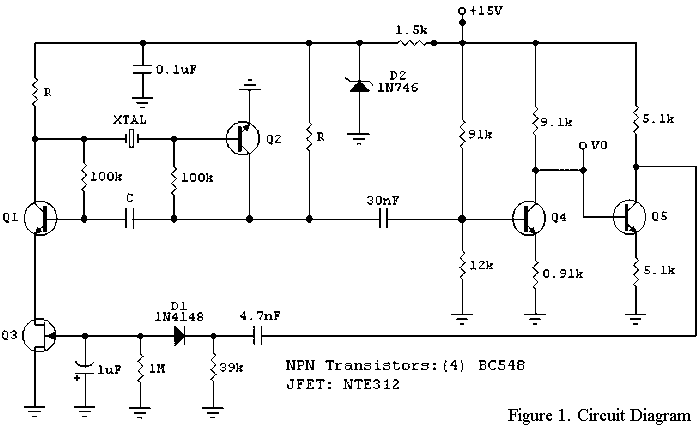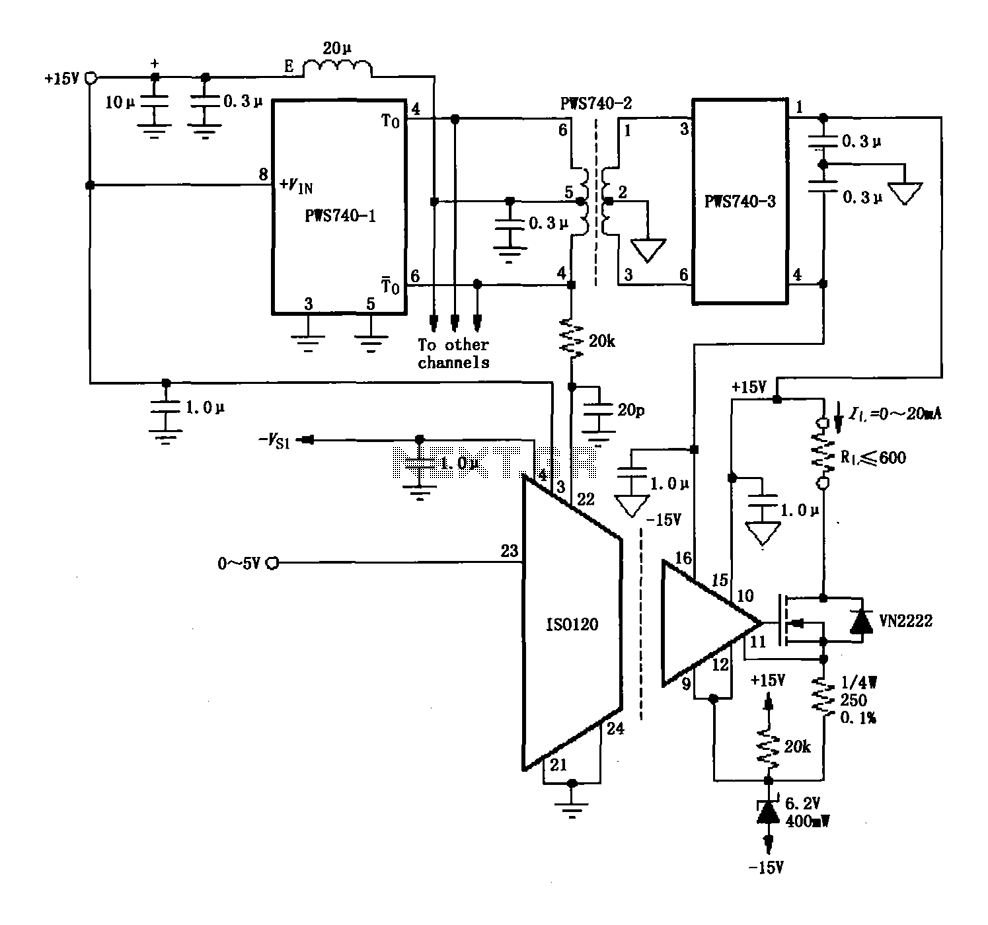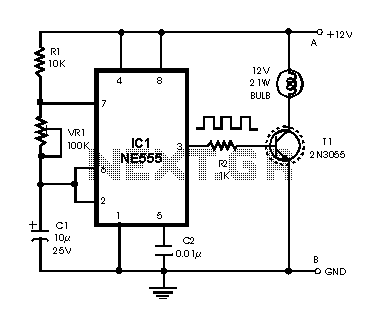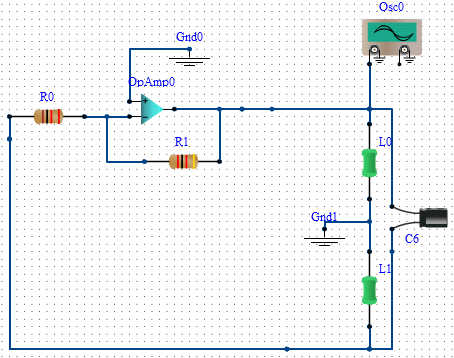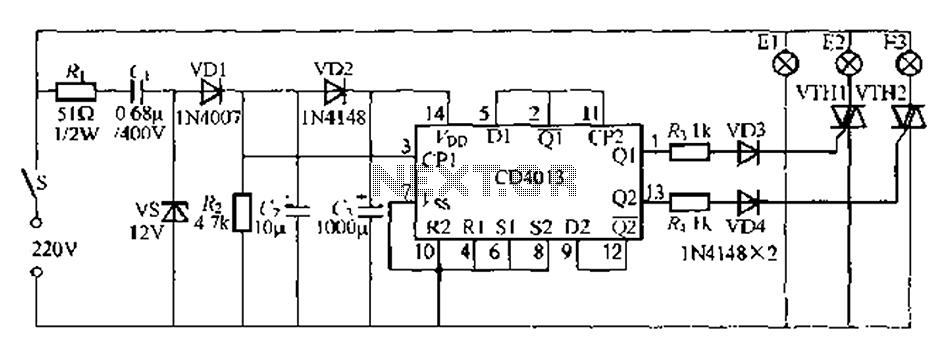
LT3754 16 channel LED driver circuit design
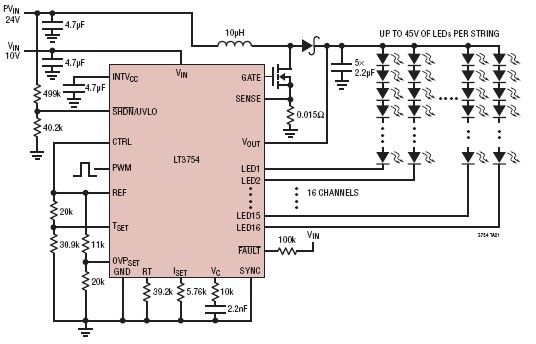
The LT3754 is a 16-channel LED driver featuring a step-up DC-DC controller developed by Linear Technology. It is designed to drive LEDs with a voltage of up to 45V. Each channel of the LT3754 LED driver is equipped with an accurate current sink that provides a current matching tolerance of ±2.8%.
The LT3754 operates as a high-efficiency LED driver, making it suitable for various lighting applications, including automotive, architectural, and general illumination. The device integrates a boost converter that steps up the input voltage to accommodate the forward voltage requirements of multiple LEDs in series, thus maximizing the number of LEDs that can be driven from a single power supply.
Each of the 16 channels is independently controlled, allowing for precise brightness adjustment and dimming capabilities. The current sinks in each channel ensure uniform LED brightness across all channels, which is critical for applications requiring consistent lighting performance. The ±2.8% current matching specification is particularly important for applications where color consistency and uniformity are essential.
The LT3754 features a variety of control methods, including PWM dimming and analog dimming, providing flexibility in how the LED brightness is managed. The device also includes built-in protection features such as over-voltage protection, over-temperature protection, and LED short-circuit protection, enhancing the reliability and longevity of the LED driver circuit.
In terms of implementation, the LT3754 can be connected to an external power source, and the output can be configured to drive either individual LEDs or LED arrays. The device supports a wide input voltage range, making it compatible with various power supply configurations. The schematic design of the LT3754 would typically include input and output capacitors to stabilize the voltage, inductors for the boost converter, and feedback resistors to set the desired output current for the LEDs.
Overall, the LT3754 provides a robust solution for driving high-power LED arrays while ensuring high efficiency, precise current control, and flexibility in dimming and control methods, making it a valuable component in modern LED lighting systems.The LT3754 16 channel LED driver with a step-up DC DC controller designed by Linear Technology is capable of driving up to 45V of LEDs. Each channel of the LT3754 led driver contains an accurate current sink with ±2. 8% current matching. 🔗 External reference
The LT3754 operates as a high-efficiency LED driver, making it suitable for various lighting applications, including automotive, architectural, and general illumination. The device integrates a boost converter that steps up the input voltage to accommodate the forward voltage requirements of multiple LEDs in series, thus maximizing the number of LEDs that can be driven from a single power supply.
Each of the 16 channels is independently controlled, allowing for precise brightness adjustment and dimming capabilities. The current sinks in each channel ensure uniform LED brightness across all channels, which is critical for applications requiring consistent lighting performance. The ±2.8% current matching specification is particularly important for applications where color consistency and uniformity are essential.
The LT3754 features a variety of control methods, including PWM dimming and analog dimming, providing flexibility in how the LED brightness is managed. The device also includes built-in protection features such as over-voltage protection, over-temperature protection, and LED short-circuit protection, enhancing the reliability and longevity of the LED driver circuit.
In terms of implementation, the LT3754 can be connected to an external power source, and the output can be configured to drive either individual LEDs or LED arrays. The device supports a wide input voltage range, making it compatible with various power supply configurations. The schematic design of the LT3754 would typically include input and output capacitors to stabilize the voltage, inductors for the boost converter, and feedback resistors to set the desired output current for the LEDs.
Overall, the LT3754 provides a robust solution for driving high-power LED arrays while ensuring high efficiency, precise current control, and flexibility in dimming and control methods, making it a valuable component in modern LED lighting systems.The LT3754 16 channel LED driver with a step-up DC DC controller designed by Linear Technology is capable of driving up to 45V of LEDs. Each channel of the LT3754 led driver contains an accurate current sink with ±2. 8% current matching. 🔗 External reference
